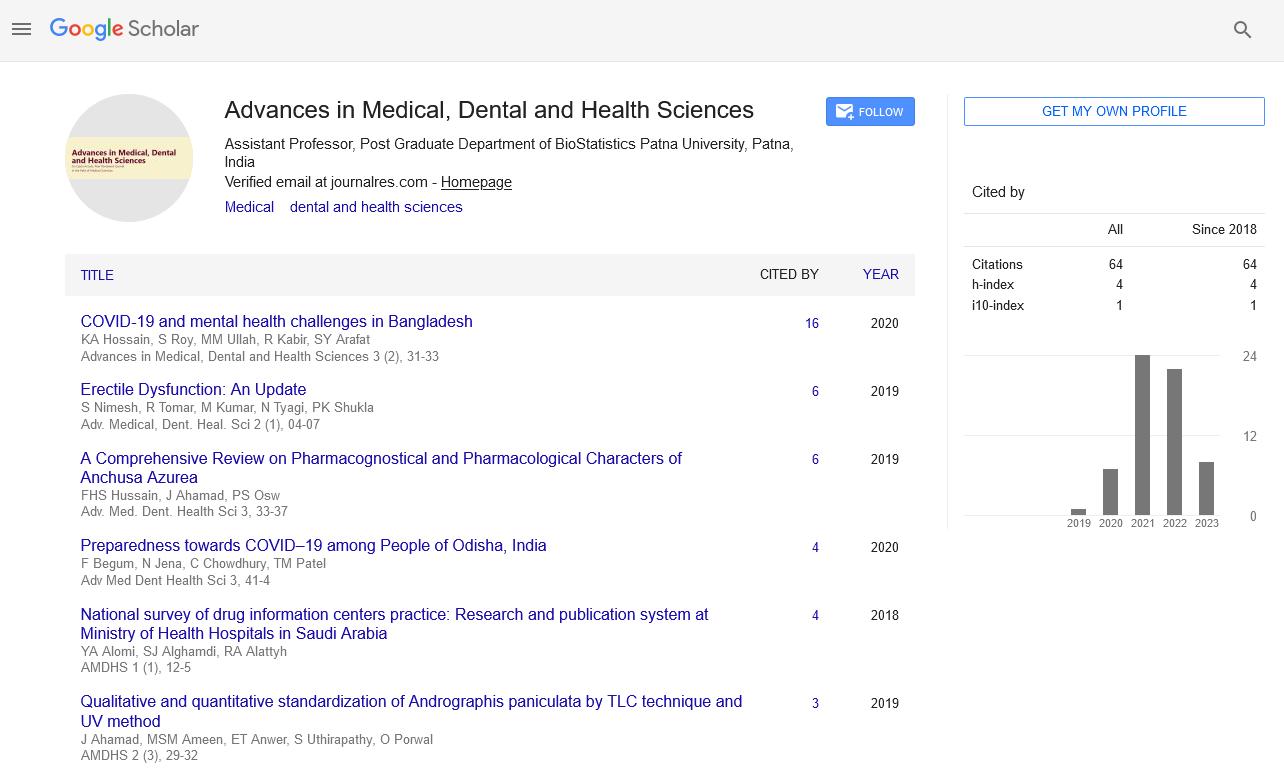A Review On Role Of Human Papilloma Virus Hpv In Healthrelated Diseases
Abstract
Author(s): Shivani Singh, Sharique Ahmad, Anand Narain Srivastava, and Jata Shanker Misra
Human Papilloma Virus (HPV) is a DNA tumor virus with double-stranded and non-enveloped DNA of 8 kilobase. Its genome is covered by capsid protein with icosahedral symmetry and a diameter of 55nm. It induces proliferative lesions in mucosal and cutaneous epithelia. It is ubiquitous in nature and have been detected in both animals and humans and well adapted to their host. More than 100 types of HPVs are present and they all are involved in causing infection in squamous epithelial cells of skin and mucosa, this eventually leads to papilloma’s or warts benign type. The continuous infection with high-risk HPV type causes cervical cancers and also anal cancer, vulvar, vaginal, penile and laryngeal papillomatosis. The HPV with cervical cancer association increase with elevation in number of squamous cell carcinoma at the sites of lesions in people. This infection is frequently noticed in a population with suppressed immune system. The HPV infects immature squamous epithelium at the squamocolumnal junction of cervix. The relation of HPV with non-melanoma skin cancer (NMSC) is clinically important as it is most common form of malignancy among fair skinned populations. This results in cytopathological changes induced by the virus which cytology and histology clearly diagnose as precancerous lesions which eventually result to become cancer. The HPV can be diagnosed by several techniques mainly Hybrid Capture 2, Polymerase chain reaction (PCR) and Real time Polymerase chain reaction (RT-PCR). The HPV infection can be prevented by vaccination and currently two preventive HPV vaccines based on VLPs are authorized for application. They are totally efficient in preventing infections of HPV 16 and 18 which are mainly high risk HPVs involved in causing genital infections in women. This review reveals the diseases associated with HPV diagnosis, the transmission of HPV and their prevention through effective vaccination.
